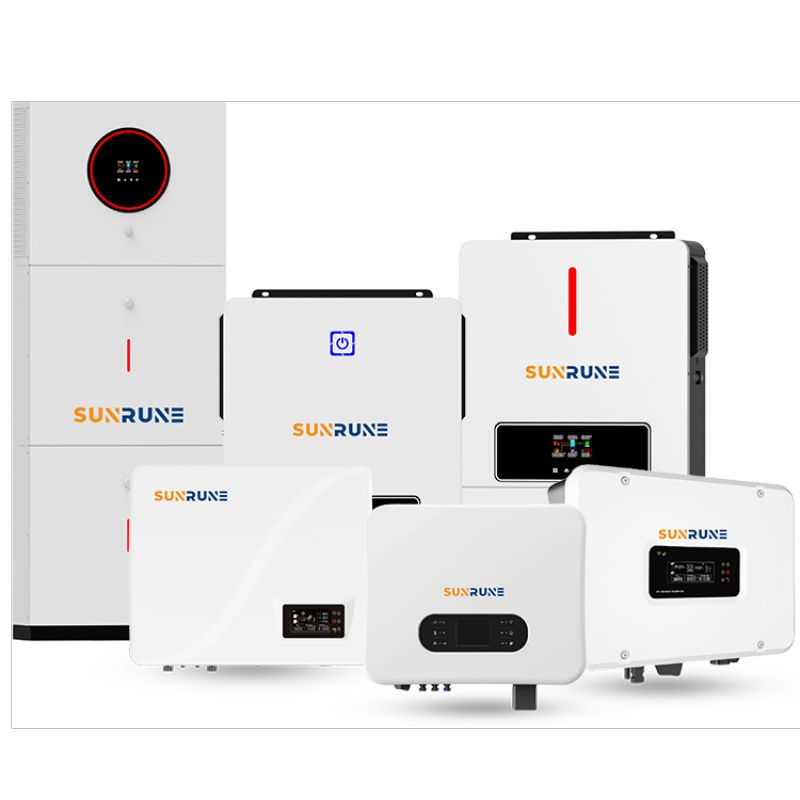introduce:
In the world of power conversion, three-phase inverters have become a game changer, ensuring efficient and reliable power distribution in a variety of applications. Capable of converting direct current into alternating current, these inverters play a key role in everything from renewable energy systems to industrial machinery and electric vehicle charging stations. Let’s dive into the many advantages of three-phase inverters in terms of output efficiency and performance.

1. Improve power efficiency:
Three-phase inverters offer superior power efficiency compared to single-phase inverters. By distributing the electrical load to three phases, these inverters ensure stable and balanced power conversion. This means reduced power losses and optimized power transfer, resulting in energy savings and lower operating costs. Additionally, balancing power flow reduces total line current, copper losses, and improves system efficiency.
2. High power output:
Using a three-phase inverter, greater power output capabilities can be achieved. By utilizing all three phases simultaneously, these inverters can handle higher loads, making them ideal for applications with demanding power requirements. This is particularly beneficial in industrial environments where heavy machinery, motors and HVAC systems require strong power conversion capabilities. The three-phase inverter ensures stable and reliable output to meet the different power needs of these applications.
3. Improve motor performance:
Three-phase inverters excel at optimizing motor performance in industrial and commercial environments. Electric motors are widely used in pumps, fans, compressors, conveyors and other machinery. Three-phase power helps these motors spin smoothly, eliminate torque ripples and reduce vibration. This not only improves the efficiency of the motor but also extends its service life. Balanced power flow also minimizes power surges and voltage drops, ensuring stable and consistent operation of the motor.
4. Flexibility of renewable energy systems:
Renewable energy sources such as solar and wind often produce direct current electricity that needs to be converted into alternating current before it can be used. Three-phase inverters in solar photovoltaic systems are seamlessly integrated with the grid. Their efficient power conversion, coupled with the ability to synchronize with the existing three-phase grid, makes it easy to inject excess power into the system or draw power when needed. This flexibility makes the adoption of renewable energy more feasible and cost-effective.
5. Improve power grid stability:
Three-phase inverters help maintain grid stability, especially in urban areas where energy consumption is high. Balanced power output ensures continuous power supply, minimizing voltage fluctuations and reducing stress on grid infrastructure. With the increasing popularity of electrified transportation, three-phase inverters also play a vital role in charging stations to ensure a smooth and continuous charging experience for electric vehicles.
In summary:
From optimizing power supply efficiency to enhancing motor performance and facilitating the integration of renewable energy into the grid, three-phase inverters demonstrate their undeniable advantages in a variety of areas. Their ability to evenly distribute electrical loads and efficient power conversion capabilities make them indispensable components in today's rapidly developing power conversion field. As the demand for efficient, sustainable power solutions continues to grow, three-phase inverters will play an even more important role in shaping a greener, more reliable future.
Post time: Nov-15-2023